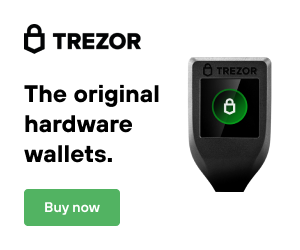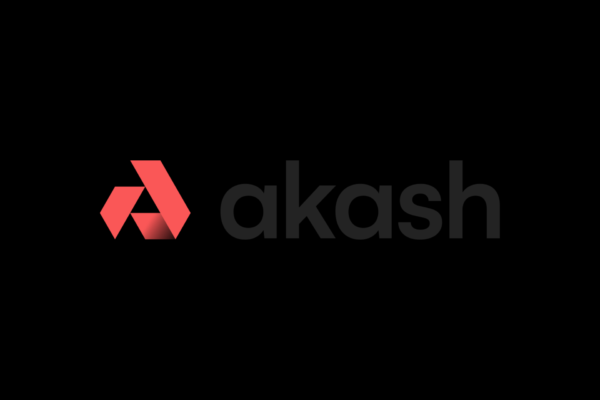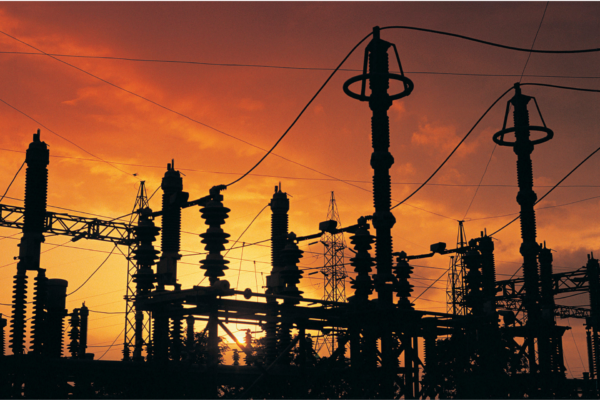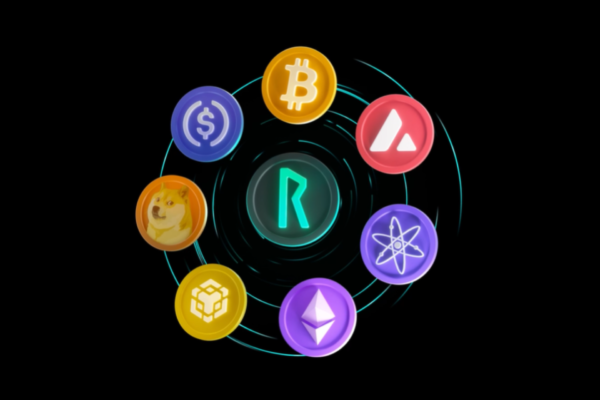How do you know when to buy? What if a project has increased (sometimes substantially) recently? Should you “hope” it dips? Here is how I deal with the “Fiat Fallacy” – comparing the price of a coin to the US dollar.
Fear of Missing Out (FOMO) is a dangerous way to invest in crypto. Chasing pumped projects is a good way to end up buying the top, leaving you to hold an investment for a long time to realize profits. Likewise, it’s especially difficult to know “how far” a run is likely to go when a project is moving give the how nascent the market is (look at all the projects who have grown unfathomably in the last year). But don’t worry – I’ll share how I handle these situations when I’m buying cryptocurrency!
Relative Price Evaluations for Crypto
For most of us, we’re always looking at multiple options when buying crypto. For me, I usually have a handful of targets I’m watching at any given time and am frequently forced to choose between them when adding or moving positions. I often use a technique called Relative Price Evaluations (RPE) to make these decisions easier.
RPE is a simple process. You compare the project(s) you’re looking at to the most closely related market leader. For projects in the Top 25 (or so) in market cap, this is typically a comparison to Bitcoin. For smaller projects, particularly ecosystem plays (projects that exist within another project like Ethereum, Harmony, Solana, etc.), it makes sense to do two comparisons: One from the project you’re looking at to the ecosystem it resides in, and a second comparison from the ecosystem to BTC or ETH. The lower the market cap, the more precise we must be with timing the asset. Let’s take a look at an example.
Reading charts can be complicated. But – for major projects, such as AVAX, we’re looking to see how the price deviates relative to BTC. BTC is (of course) the cryptocurrency equivalent of the S&P500. In stocks, we’re always trying to get better returns than “the market”. In crypto, we’re looking to win relative to BTC. Websites like TradingView make this easy. An important note is that the smaller the market cap, the faster price changes happen. This makes trading off of charts a little harder. There are so many pieces of information in a chart, but this is just one quick and easy method I use.
In the above chart, we’re looking at AVAX relative to Bitcoin. We can see that since the beginning of September AVAX has substantially outperformed BTC. But – does that mean it’s a worthwhile purchase right now? This chart tells us a lot of things. The key indicators I’d use here are:
1.) Despite AVAX being way up in the last couple months, right now, it is up less than it has been previously. Translation: Room to grow.
2.) The price has been pretty stable for awhile here relative to BTC. This is important because if BTC rockets up or drops sharply, most crypto follows it. Looking at the price in USD can complicate this view. Rather, here, we see it beginning to “re-separate” from BTC again. We’re looking to see the price flat relative to BTC over some period of time, preferably after a drop (Mid-October would have been a nice time to buy) when considering timing a purchase. I see this chart as saying that the price of AVAX is a pretty good deal right now given market conditions.
Lastly – we always want to check how Ethereum and Bitcoin are doing relative to one another. We’ve talked about this in previous articles on things like Bitcoin Dominance . This comparison gives us a little bit of insight as to where the money in the market is going. If ETH is down relative to BTC, we can typically expect smaller projects to be down as well. When a project pumps, but the BTC/ETH chart doesn’t show ETH gaining, you risk buying at a top.
Yep – so it appears ETH has started to pull away relative to BTC in recent weeks. Looking at both charts, if I were determining if the right time to buy AVAX is now, I’d say it is. Keep in mind, this is assuming you’ve done your research on the project and understand its tokenomics, what it does, etc.
Market Categories
Another easy approach to use is to consider what the market sector a project lives in is doing. We’ve written recently about Trading Market Narratives , and this approach is highly valuable. There are many ways to use this type of data. I typically use it to see:
1. Is this area of the market “hot”?
2. Has the project moved more or less than the market category itself?
Coin Gecko (and a number of other sites) conveniently aggregate how the various markets and ecosystems are performing, and what projects comprise the categories. From the above image we can quickly see the volume in each category and the percent change on a one hour, 24 hour, and 7 day period. We can see here that the Solana ecosystem is really picking up steam. Coupled with the fact that SOL itself has been rocketing for the last week, this is no surprise. A key takeaway here is that SOL is pumping now, so projects within the SOL ecosystem are likely to move with it, with solid projects primed for a big break out. This is the value of doing research on projects – knowing what ecosystem they are in, what they do, etc.
I’m always weary of buying a top. Instead, I’m always looking to buy projects (for both swing and long term holds) when they are boring and are indicating the start of an uptrend. When the market is in the midst of a bull run the opportunity cost of mis-timing a purchase can be high. Not that you’ll lose money, but you’d have been able to buy something else that was more likely to move in the interim. There are significantly more complex ways to read and use chart data which we’ll cover in a more advanced post coming up.
















